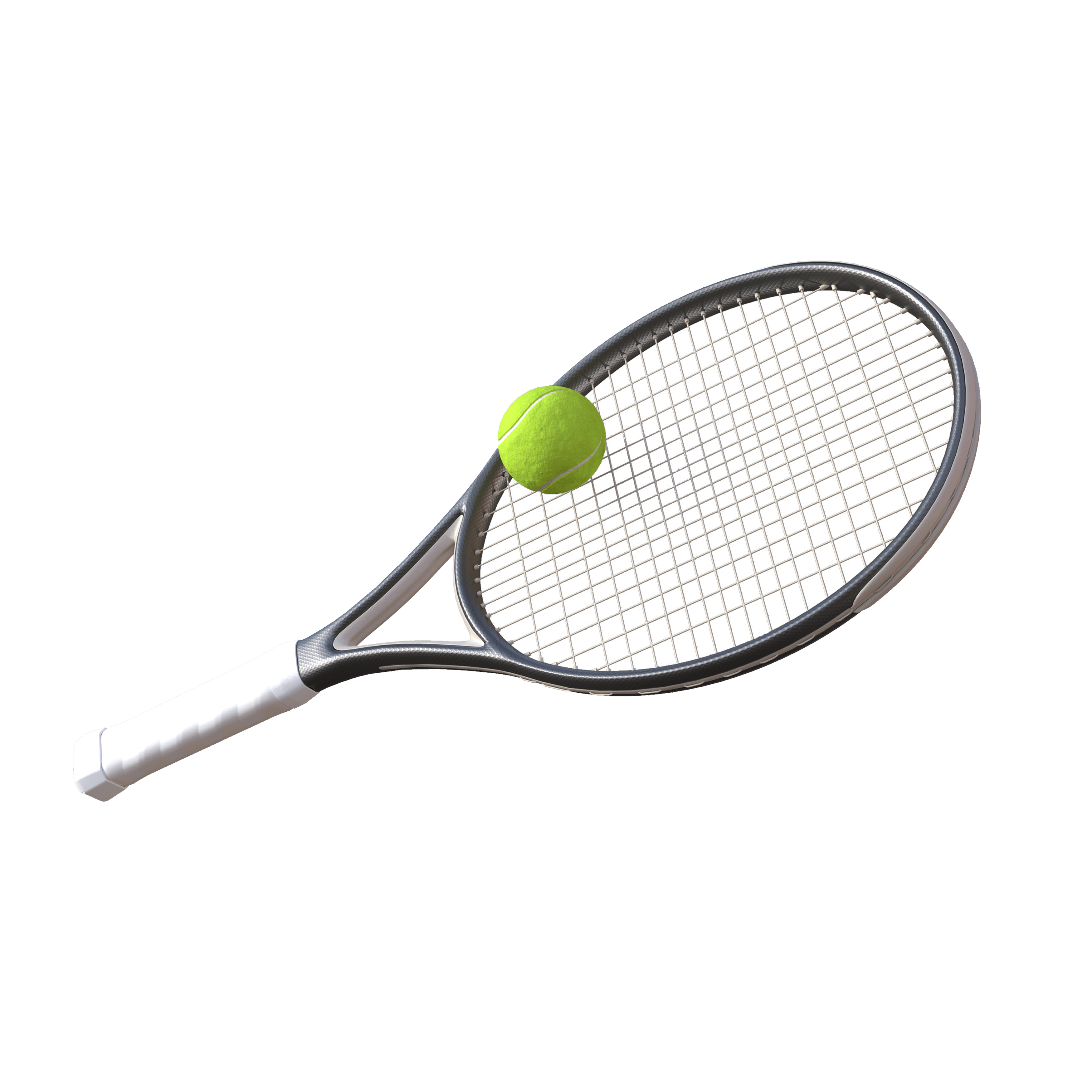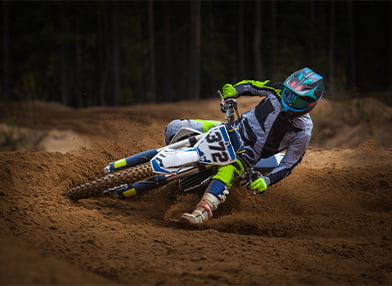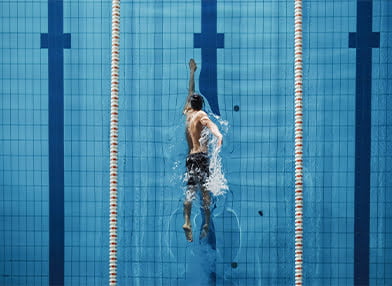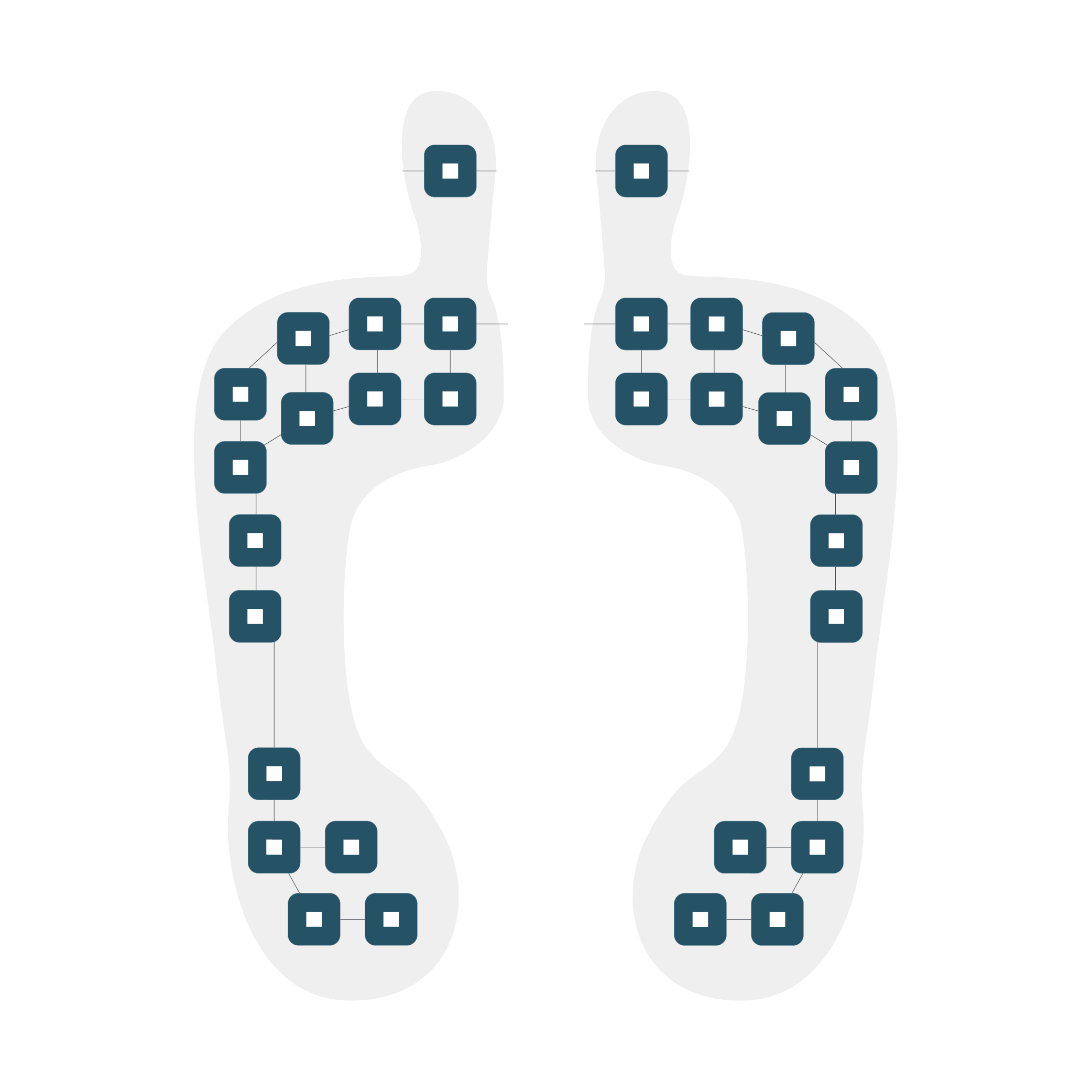Fitness and Sport Science
Empowering Athletes With Performance Monitoring Using Motion and Biosignal Sensors
Sensors help to optimize athletic performance monitoring when integrated with fitness programs. Intelligent, miniaturized, wearable sensors can perform activity recognition and identify the corresponding metrics. This includes cadence, motion, speed, and acceleration. It also includes key physiological parameters such as HR, HRV, and SpO2. Low-power wireless sensor platforms provide these readings with great accuracy using advanced AI algorithms. They also enable small form factors and comfortable ergonomics thanks to their miniature design.


Inertial sensor fusion AI in Activity Tracking
Inertial MEMS accelerometer and gyroscope, combined with IMU sensor fusion software for motion capture, biomechanics, and kinematics, are at the core of sports tracking technologies. They serve in a range of trackers, from pedometers through walking or advanced gait analysis, to actigraphy for sleep tracking or shock and impact detection.
These IMU even perform gesture recognition and fine-motion metric computation. Inarguably, inertial data is an immense source of valuable information that can be processed with algorithms and AI to analyze athletic performance.
Application-specific algorithms payoff
Sports disciplines are highly diverse and most of them require mastering specific skills and practices. Building on accurate sensing data, machine learning, and pattern recognition techniques enables the characterization of even the most minute motions and deviations. The payoff is precise insights that foster continuous improvement for amateur and professional athletes. Performance, accuracy and repeatability are paramount for sports and fitness trackers that aim to provide enhanced sensing capabilities and user experiences.
Case Study
Take a look at our case studies based on your research or business needs. Learn more about how our smart sensing solutions have helped our customers achieve their goals and revolutionize their industry.
A Precise, Scientific Approach to Measuring Archery Techniques
FIBERBOW‘s objective was to discover the possibility of characterizing the pressure point of the hand on the grip of the bow from a biomechanical point of view. 221e adopted our MITCH platform (that combines IMUs and an FSR membrane) to provide perfectly synced data. The results provided a solid base for a scientific approach to evaluate archery techniques.
Check out the other
solutions we offer
Fields where our systems have been applied





